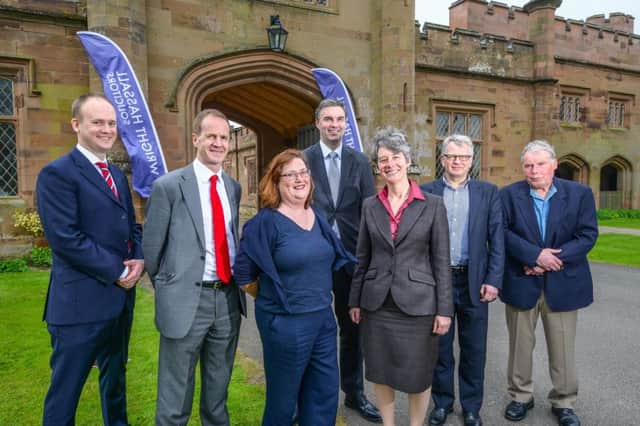Leamington law firm highlights benefits of preserving historic buildings


Leamington law firm Wright Hassall hosted its inaugural Heritage Property Conference at Stoneleigh Abbey, which attracted more than 100 property figures from across the UK, and also outlined the importance of engaging in proactive discussions with key stakeholders at the earliest possible stage when working on heritage projects.
Michael Hiscock, senior associate in the construction team at Wright Hassall, said Warwick and Leamington alone boasted more than 2,200 sites on the National Heritage List for England and expressed the importance of preserving these assets.
Advertisement
Hide AdAdvertisement
Hide Ad“More than 99 per cent of the population live within one mile of a historic or heritage site and there’s no doubt careful integration of historic buildings and places has played an important part in economic and community regeneration,” he said.
“Historic buildings can be a focal point for a number of reasons, from community identity and economic growth, to tourism, education and the Mexican wave effect spreading out to local businesses.
“They do also, however, throw up a unique set of challenges – including planning, funding, design, construction, maintenance, ownership and financial viability.
“Some assets must be preserved for their intrinsic value, and it’s shocking to see cultural heritage around the world being destroyed by groups who want to make a statement.
Advertisement
Hide AdAdvertisement
Hide Ad“At Wright Hassall we feel that you can make a statement by using these assets in a suitable way, and critical to the success of most heritage assets is finding a viable economic use that supports the initial investment and provides a return.”
The conference also featured talks from Wright Hassall partner Philip Harris on the legal challenges of heritage property, Sarah Lewis from Historic England, Lynda Jubb, chair of the RICS Building Conservation Forum and Mark Balkham from chartered architects and heritage building consultants Rodney Melville and Partners.
David Chismon from accountants Saffery Champness and Roger Cullimore from Warwick District Council also delivered key note speeches.
Hiscock added: “The overriding feeling amongst the room was that is vital to engage in proactive discussions with key stakeholders as early as possible when planning developments on heritage sites.
“It was extremely useful to bring together a broad range of experts to discuss the wide range of challenges facing the sector to share thinking and best practice.”